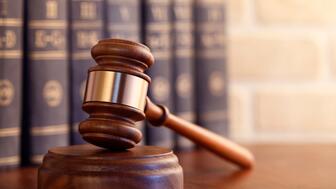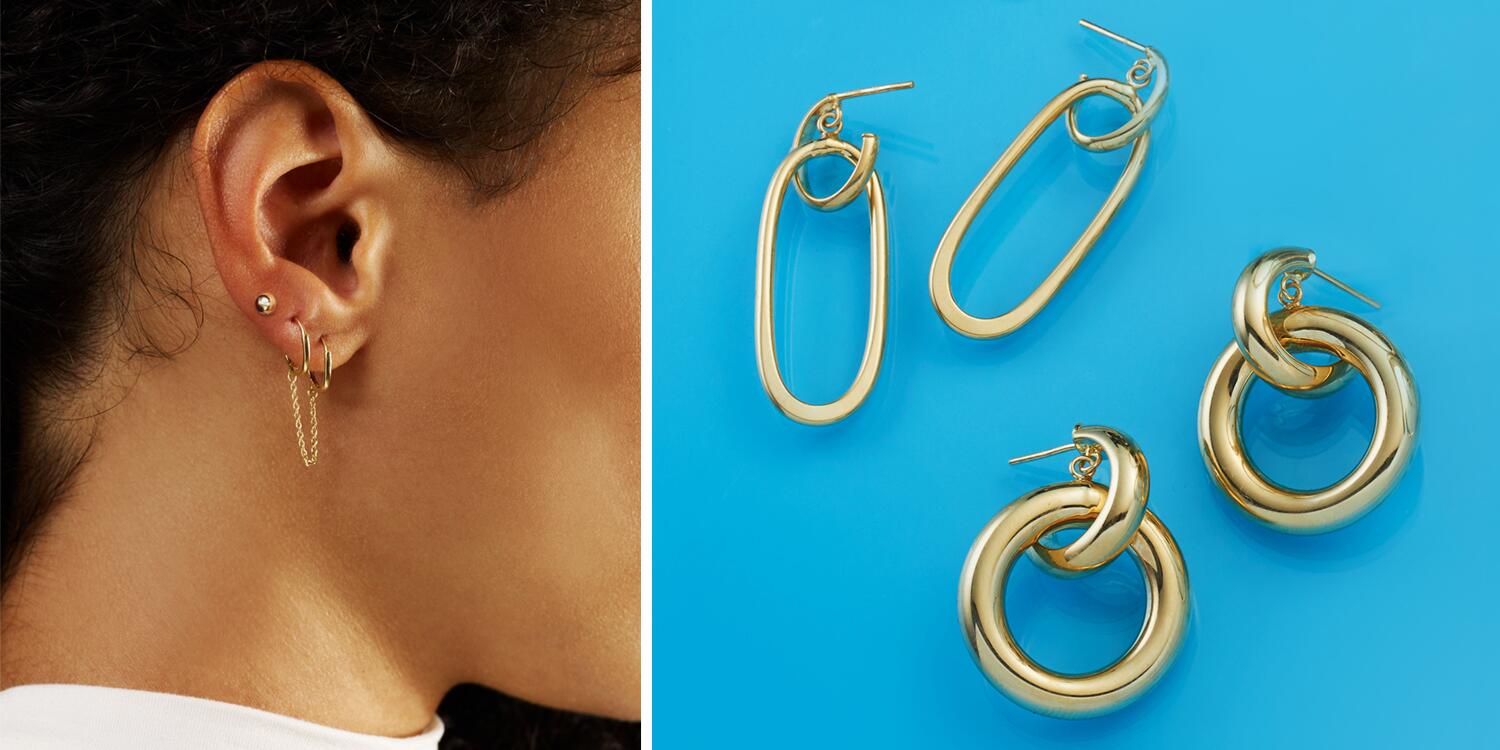Professional Gangs Sent Industry Dollar Losses Soaring in 2019
Overall, though, the number of crimes was essentially flat and for the first time in decades, no industry personnel were murdered while on the job.
According to the annual crime report for 2019 compiled by the Jewelers’ Security Alliance, dollar losses due to crimes against the industry totaled $101 million in 2019, up 89 percent from $53.4 million in 2018.
The last time annual industry losses topped $100 million was 2009, JSA statistics show.
Burglary losses were the biggest contributor to the jump, more than tripling from $11.6 million in 2018 to $40.5 million in 2019.
JSA President John J. Kennedy said a surge in the number of burglary gangs from South America, particularly from Chile, operating in the United States was the main driver behind the spike.
These crews are sophisticated.
They can disable entire electrical systems in jewelry stores—something jewelers were well aware of last year, as JSA sent out a number of alerts about jewelry stores having their power lines cut—knocking out both the alarms and the cameras.
Once inside stores, these gangs can also get into safes, enabling them to essential clean out a store’s entire inventory and make off with millions.
JSA’s report shows that the number of safe attack burglaries more than tripled, increasing from 13 in 2018 to 44 in 2019. The average loss from a safe attack burglary grew from $221,000 to $491,000.
“Most jewelers do not have adequate safes,” Kennedy noted. “The ratings [the safes] have are too low.”
He also pointed out that it doesn’t take a lot of gangs to drive up dollar losses in the jewelry, where the total number of crimes committed against the industry per year—in 2019, 1,438—is relatively low when compared with the overall scope of crime nationwide.
“We’re not talking about huge numbers compared with car thefts or commercial break-ins. You’re talking about a relatively small number of cases,” he said. “A small number of gangs can drive a big increase in dollar losses, and that’s what we had.”
While safe robberies and other high-dollar heists caused losses to soar last year, overall 2019 was not a particularly violent or unsafe year for the U.S. jewelry industry.
The number of crimes committed against the industry was essentially flat year-over-year, 1,441 in 2018 compared with 1,438 in 2019.
And JSA recorded zero homicides of jewelers, which is rare and hasn’t happened in decades.
JSA released its annual crime report for 2019 earlier this month.
Normally published in the fall, pulling it together this year was “particularly challenging” given the disruptions caused by COVID-19, Kennedy said.
JSA Senior Crime Analyst Ryan Ruddock and Vice President Scott Guginsky authored the report.
Other highlights include the following.
— Smash-and-grab robberies also contributed to the spike in dollar losses, Kennedy said, as jewelers stand to lose a lot when criminals begin destroying showcases full of product.
The number of smash-and-grabs was essentially flat year-over-year, 129 in 2018 vs. 130 in 2019. Nearly half of them (59) happened at mall jewelry stores.
— While there were no homicides of jewelry industry personnel on the job in 2019, one customer, two bystanders and three robbers were killed.
— The number of three-minute burglaries (so named because that’s how long they take to commit) increased 11 percent year-over-year, from 134 to 148, with the average loss from these incidences rising from $21,000 to $27,000.
B3Ms usually happen in the middle of the night by smashing through a glass front door or window of a store.
— The number of grab-and-run thefts was down slightly year-over-year, slipping 4 percent from 641 to 616. While the average loss from a grab-and-run is around $10,000, there was one in Washington state that cost a jeweler $183,000.
Grab-and-runs made up the bulk (72 percent) of all thefts in 2019.
— JSA received one report of a major trade show loss, $400,000 at a trade show held in Los Angeles in January of last year.
Looking ahead to 2021, Kennedy said he expects little activity in the first part of the year as people stay home to weather another wave of COVID-19 and stores potentially are forced to closed again.
“I can’t predict the future but if I were to look into my crystal ball, I would say in the first part of the year, it’s going to be quiet again,” he said.
But he expects that to change in the back half of the year, as criminals who have been dormant for months will be in need of money.
“If ‘19 was any harbinger, we can say that 2021 might [bring] very significant losses,” Kennedy said.
“Jewelers should be very careful to make sure their alarm systems work. They should test them and they should make sure their whole premises is covered.”
A copy of the entire report is available on the JSA website.
The Latest

The new showcase dedicated to Italian jewelry design is set for Oct. 29-30.
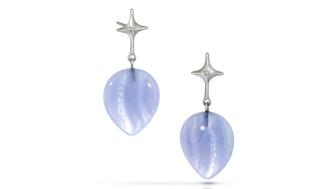
Take a gaze at the sky with this pair of platinum diamond-set star earrings with blue lace agate drops.

In 2026, the jewelry retailer will celebrate a milestone only a small percentage of family-owned businesses survive to see.

You deserve to know what you are selling–to protect your customers as well as your business and your reputation.

Jeffrey Zimmer's decades of leadership at Reeds Jewelers are defined by integrity, a love of sourcing gemstones, and a heart for community.


The new high jewelry design and production process takes 30 days or less from concept to completion, the auction house said.

The holiday catalog for 2025 features never-before-seen images of more than 100 one-of-a-kind masterpieces.

The upcoming show provides savvy retailers with the opportunity to stock their cases with best sellers in advance of the holiday season.

The brand has released a second installment of its collection of traditional and non-traditional commitment heirlooms.

Corey rescued New England chain Day’s Jewelers, preserving its legacy with strong people skills, pragmatism, and a “get-it-done” attitude.
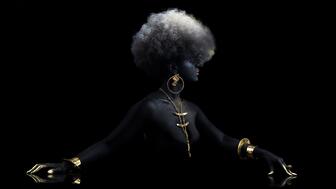
The Museum of Arts and Design's new exhibition features 75 pieces by the designer, best known for her work in the “Black Panther” films.

Timepieces at Luxury will take place at The Venetian and, like Luxury, will be invitation-only for the first two days.

The auction house named a new global head of jewelry, as well as a new head of the jewelry department for the Americas.

As chairman of Schwanke-Kasten Jewelers, Tom Dixon has been tasked with honoring the past and shaping the future of the family-run store.

Katty Villapando Lyte and Mica Rencher received a $10,000 grant for their business, Shimmer Culture LLC.

The parents of the Dallas Mavericks rookie bought their engagement ring at a Day’s store in Bangor, Maine, in 1997.

The UK-based brand sourced the gemstones, which are fully traceable, from an artisanal mining community in Tanzania.

The trio of Advent calendars include a version with 18-karat gold and lab-grown diamond jewelry in a red lacquer jewelry box.


Created in collaboration with Nymphenburg Porcelain, the lock is part of a four-piece collection that took two years to bring to fruition.

Jewelry industry veteran Alisa Bunger has taken on the role.

The company and industry leader’s two-decade tenure with De Beers will come to a close at the end of the month.

“The Winter Egg” set the world auction record for a Fabergé piece twice at previous Christie’s sales.

The company will pay 1.5x silver’s current spot price for each pound of silver oxide batteries submitted.

The line includes a “Shadow” series crafted exclusively for the new men’s offering and reimagined styles from the brand’s core collections.

The rough on offer was recovered from a newer area at the Montepuez mine.
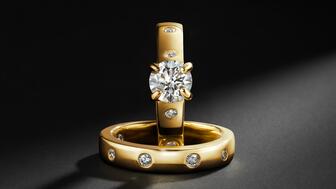
The retailer’s new collection of engagement rings and fashion jewelry is set with natural diamonds that are traceable via blockchain.

The champagne colorway in her newest “Ombré” collection combines white and trendy brown diamonds, a departure from her usual vibrant hues.

